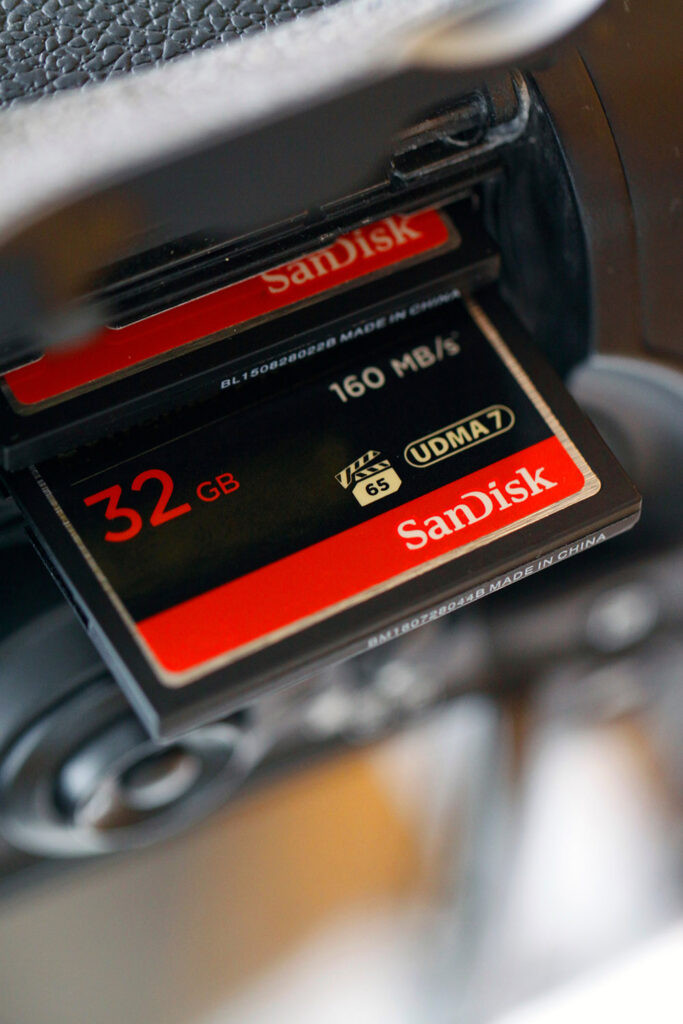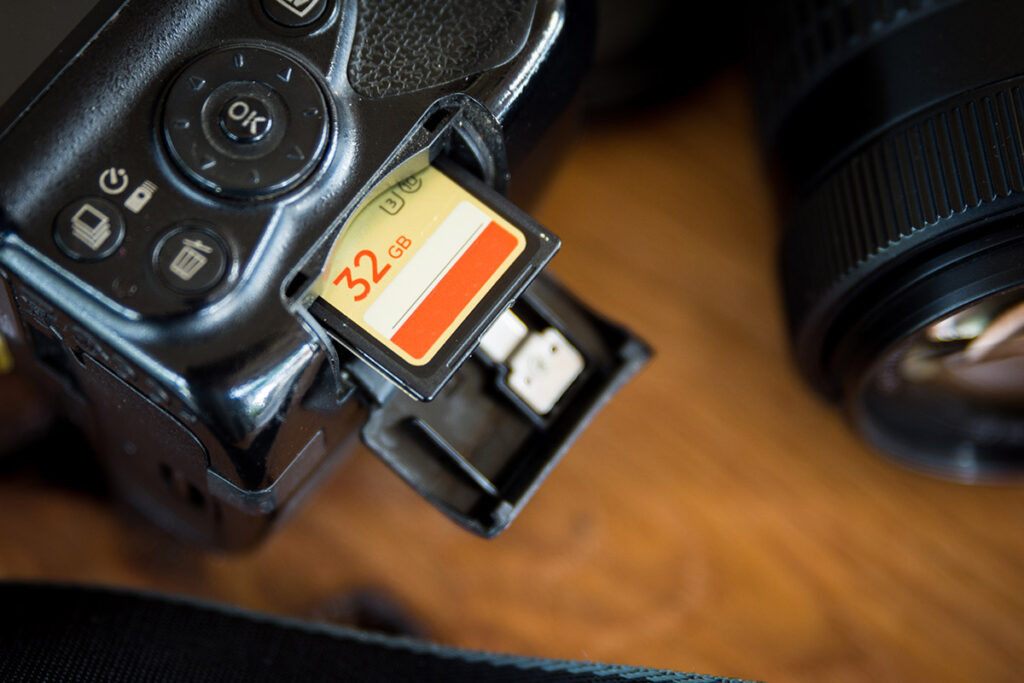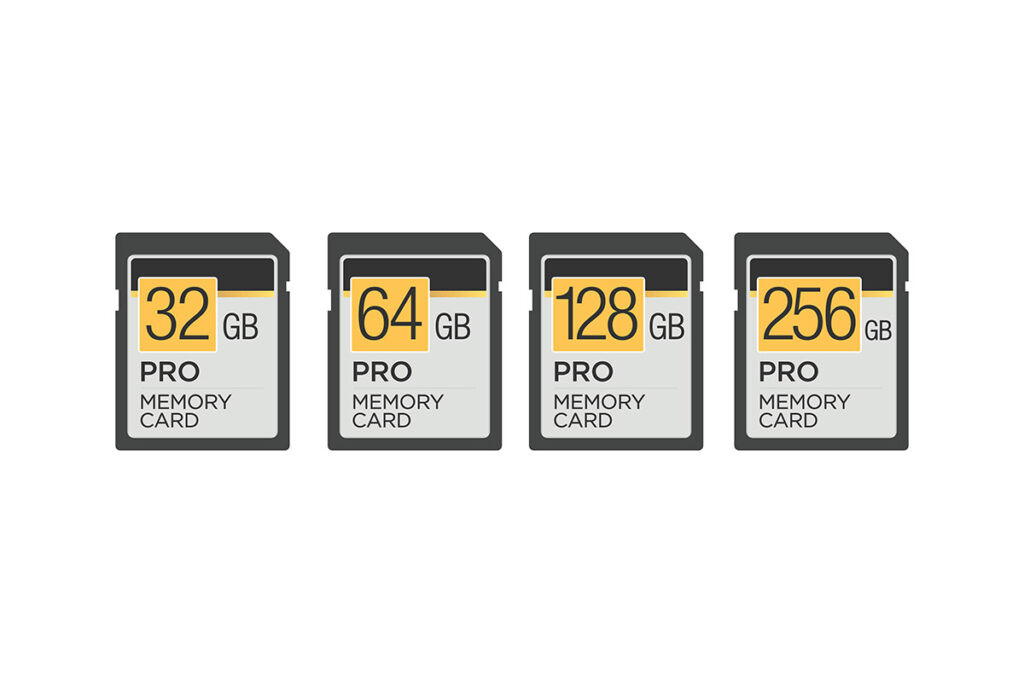Ever wondered just how many precious moments you can capture before your memory card flashes the dreaded “full” symbol? If you’re using a 32GB memory card, you’re in the right place to find out! This guide dives deep into the world of digital photo storage, breaking down exactly how many photos a 32GB memory card can hold. We’ll explore the factors that influence this number, from file formats to image quality, ensuring you’re always prepared to capture life’s best moments.
 32gb memory card capacity
32gb memory card capacity
Understanding memory card capacity is crucial for photographers of all levels. Whether you’re a seasoned professional or just starting out with your smartphone camera, knowing how many photos you can store on a 32GB memory card will help you plan your shoots and avoid running out of space at the crucial moment. Let’s get started and unlock the secrets of digital storage!
Estimating Photo Capacity: How Many Photos Fit on a 32GB Card?
Generally, a 32GB memory card can store approximately thousands of JPEG photos. However, this is just a rough estimate. The precise number of photos your 32GB card can hold is influenced by several key elements, including your camera’s settings, the file format you choose, the resolution of your camera, and even the reliability of the memory card itself.
To get a clearer picture, let’s break down the most common image formats and their impact on storage capacity.
JPEG: The Space-Saving Champion
JPEG is the ubiquitous image format you encounter almost everywhere online and on your devices. Its popularity stems from its efficient compression, which significantly reduces file size, making it ideal for sharing and storage. However, this compression comes at the cost of some image quality, as JPEG is a “lossy” format.
A 32GB memory card can typically accommodate a large number of JPEG photos. For instance, you can expect to store up to 22,000 or more JPEG photos on a 32GB card, assuming an average file size. However, it’s essential to remember that image quality and megapixels play a significant role.
For example, if you’re shooting high-resolution images at 22 megapixels, the file size per JPEG will be larger, and you might only fit around 4,000 to 5,000 JPEGs on a 32GB card. JPEG images from DSLR cameras, often averaging around 10MB in size, would allow for approximately 3,200 photos on a 32GB card.
RAW: Uncompressed Quality, Larger Files
For photographers seeking maximum image quality and editing flexibility, RAW image formats are the go-to choice. RAW files are uncompressed, capturing all the data recorded by your camera’s sensor. This results in superior image quality with extensive dynamic range and color depth, giving you unparalleled control during post-processing. However, this quality comes at a price: significantly larger file sizes.
Because of their larger size, RAW photos drastically reduce the number of images you can store on a 32GB memory card. A 32GB card might hold around 2,200 RAW photos if they are around 4 megapixels. But if you’re shooting at 22 megapixels, you could be limited to as few as 400-500 RAW images on the same 32GB card.
DNG: Adobe’s Universal RAW
DNG (Digital Negative) is another RAW format, developed by Adobe as an open standard. Like other RAW formats, DNG retains all the original image data from your camera, ensuring maximum quality. The advantage of DNG is its universality; it’s designed to be compatible with various software, particularly Adobe products, regardless of the camera manufacturer.
DNG files generally have a file size comparable to other RAW formats. Therefore, the storage capacity for DNG files on a 32GB memory card will be similar to that of standard RAW files. If you opt for DNG, be prepared for the storage space requirements and ensure you have ample space on your memory card and computer.
Key Factors Influencing Photo Storage on a 32GB Card
 32GB Memory Card
32GB Memory Card
Understanding what eats up memory card space is crucial for maximizing your 32GB capacity. Several factors directly impact how many photos you can store. Let’s explore these in detail:
ISO Settings and Noise
The ISO setting on your camera dictates its sensitivity to light. Higher ISO values are used in low-light conditions, but they also introduce digital noise or grain into your photos. Higher ISO settings and increased noise levels can lead to slightly larger file sizes as the camera has to record more data to represent the noise.
Similarly, bit depth, which determines the number of colors your camera can record, also plays a role. Higher bit depths result in richer, more detailed images but also larger file sizes.
File Formats: RAW vs. JPEG
As discussed earlier, the file format is a primary determinant of file size. RAW files, being uncompressed and containing all sensor data, are significantly larger than JPEGs. Choosing RAW format will give you the best quality but reduce the number of photos you can store. JPEGs, with their compression, offer a balance between quality and storage efficiency.
Image Size (Resolution in Megapixels)
Image size, often measured in megapixels (MP), refers to the dimensions of your photo in pixels. Higher megapixel counts mean more detail and larger printable sizes, but they also translate directly to larger file sizes. A camera shooting at 24MP will produce larger files than one at 12MP, even with the same file format and quality settings.
File Size Itself
Ultimately, the file size of each individual photo is the deciding factor. File size is a culmination of all the above factors – file format, image size, quality settings, and even image complexity. Photos with more detail and complex scenes might have slightly larger file sizes even within the same settings.
Image Quality Settings (JPEG Compression)
Within JPEG format, you often have quality settings like “Basic,” “Normal,” “Fine,” or “High.” Higher quality settings reduce the amount of compression applied to the JPEG, resulting in better image quality but larger file sizes. Lower quality settings increase compression, saving space but potentially sacrificing some image detail.
Understanding these factors empowers you to make informed decisions about your camera settings, balancing image quality with storage capacity on your 32GB memory card.
Calculating SD Card Storage Capacity: A Practical Approach
While precise calculations can be complex, a simplified approach can help you estimate how many photos a 32GB SD card can hold for your specific needs.
Step 1: Understand Your File Format and Typical File Size
Start by knowing which file format you primarily use – JPEG or RAW. Then, get a sense of the average file size of your photos in that format. You can do this by taking a few photos under typical shooting conditions and checking their file sizes on your camera or computer.
- JPEG (average quality, 12MP): Expect file sizes around 4-6MB.
- RAW (12MP to 24MP): RAW files can range from 20-40MB or even larger.
Step 2: Consider Your Camera’s Megapixel Count
The megapixel count of your camera sensor significantly impacts file size, especially for RAW files. Higher megapixel cameras will produce larger files.
Step 3: Factor in Quality Settings (for JPEGs)
If you shoot JPEGs, consider your quality settings. “Fine” or “High” quality JPEGs will be larger than “Normal” or “Basic” quality ones.
Step 4: Estimate Using Simple Division
For a rough estimate, divide the total capacity of your memory card (32GB, which is approximately 32,000MB) by the average file size of your photos.
-
Example for JPEG (5MB average file size): 32,000MB / 5MB ≈ 6,400 photos
-
Example for RAW (30MB average file size): 32,000MB / 30MB ≈ 1,067 photos
Remember these are estimations. Actual numbers may vary, but this gives you a useful starting point for planning.
Choosing the Right Memory Card Size: Beyond 32GB
 Memory Card type
Memory Card type
While 32GB memory cards are a common starting point, the ideal memory card size depends on your photography habits and needs.
For many casual photographers, a 32GB card might suffice, especially if shooting primarily in JPEG format. However, a 64GB card often strikes a better balance between capacity and cost-effectiveness for general use.
Memory cards are categorized by capacity and speed classes. Cards up to 32GB are typically SDHC (Secure Digital High Capacity), while cards 64GB and larger are SDXC (Secure Digital eXtended Capacity).
Consider these factors when choosing:
- Shooting Frequency: If you shoot frequently or during travel, a larger card is beneficial. Aim for a card that can hold at least 1,500 to 2,000 photos, or even more if you shoot RAW.
- Shooting Style: Casual photographers might be comfortable with a 1,000-photo capacity, while those capturing events or fast-paced action will need more space.
- Video Recording: If you shoot videos, especially in 4K, 32GB is likely insufficient. For 4K video, consider 128GB or 256GB cards to avoid frequent footage transfers.
- Future Needs: It’s often wise to overestimate your needs slightly. Memory cards are relatively inexpensive, and having extra capacity provides peace of mind.
While massive 1TB SD cards exist, they are often overkill for most users. Furthermore, relying on a single, extremely large card carries a risk of losing a significant amount of data if the card fails. It’s often safer and more practical to use multiple smaller to mid-sized cards.
FAQs About 32GB Memory Card Photo Capacity
1. Is 32GB Enough for Photography?
Whether 32GB is enough depends entirely on your photography habits:
- Occasional Use: If you only take photos sporadically, 32GB might be sufficient for JPEGs.
- Regular Photography: For more frequent shooting, especially in RAW or high-resolution JPEG, 64GB or larger is recommended.
- RAW Format Shooters: 32GB is likely too limiting for regular RAW photography. Opt for 64GB or larger.
2. Can SD Cards Lose Data?
Yes, SD cards are susceptible to data loss. Physical damage (drops, bending), improper removal during data writing, and power failures can all lead to data corruption or loss. Always handle SD cards with care, properly eject them from devices, and back up your photos regularly to prevent losing precious memories.
Conclusion: Maximize Your 32GB Memory Card and Beyond
Understanding how many photos a 32GB memory card can hold is about more than just numbers. It’s about understanding your camera, your shooting style, and your storage needs. By considering file formats, image sizes, and quality settings, you can effectively manage your memory card space and ensure you never miss a shot.
Remember to regularly offload and back up your photos, regardless of your memory card size. Proper memory card care and smart storage habits will keep your photographic journey smooth and your memories safe for years to come. Happy shooting and storing!
